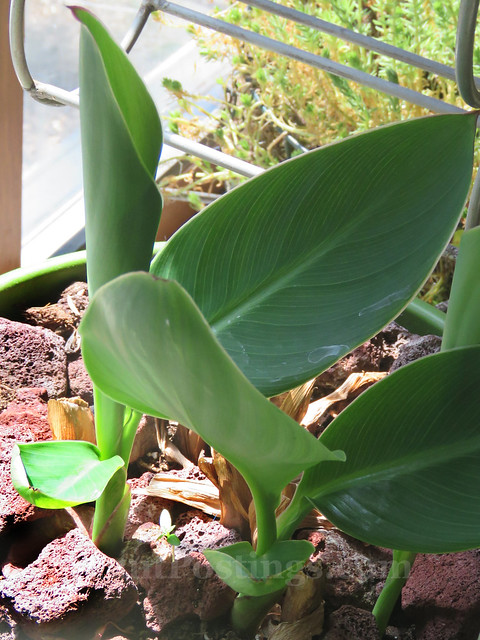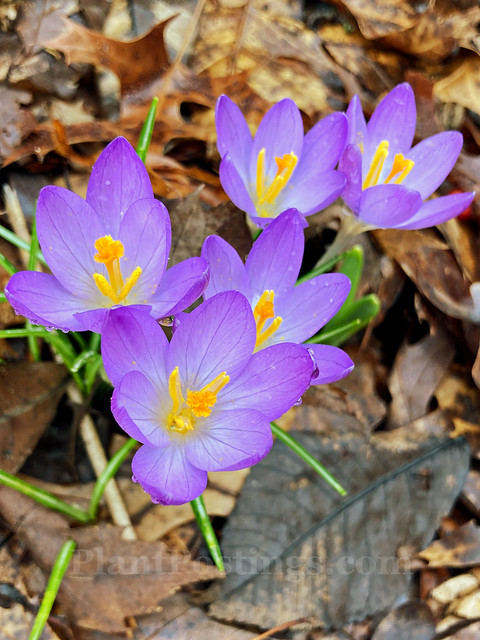
Hiking this time of year is exciting in this part of the world. After the long, cold winter, wildflowers are emerging and the landscape is changing rapidly. On a recent hike, one of the new season plants we noticed was Wood Betony (Pedicularis canadensis). The foliage with its fern-like pattern has a reddish tint in the spring, which changes to green as the plant matures.

I've seen this plant in several parts of Wisconsin, including Door County, Kettle Moraine State Forest, and Lake Kegonsa State Park, not far from my home. It seems to prefer woodland edges and prairies near woodlands. The plant and its yellow flowers are arranged in a spiral rosette with white hairs, making the flower stalk look fuzzy. It's a favorite of bumblebees in the early part of the growing season.
Other common names are Canadian Lousewort and Forest Lousewort, apparently because early colonizers believed that when cattle grazed on the plants they became infested with lice. This plant's native range covers most of the Eastern half of the United States.
If planning to incorporate it in a garden, it prefers full sun to part shade, mesic to dry conditions, and sandy to loamy soil that's somewhat acidic. It grows to 12 inches in height and tends to grow in colonies. It's partially parasitic, so it grows well with other native plants and grasses. Here in my area, it tends to bloom in April-May, but I've seen it still blooming in June further north.


Soon the Wood Betony will be blooming prolifically in one of my favorite wildflower settings. The bees will be very happy, and so will I. Thanks to Gail at Clay and Limestone for hosting Wildflower Wednesday. Head on over to participate!




























